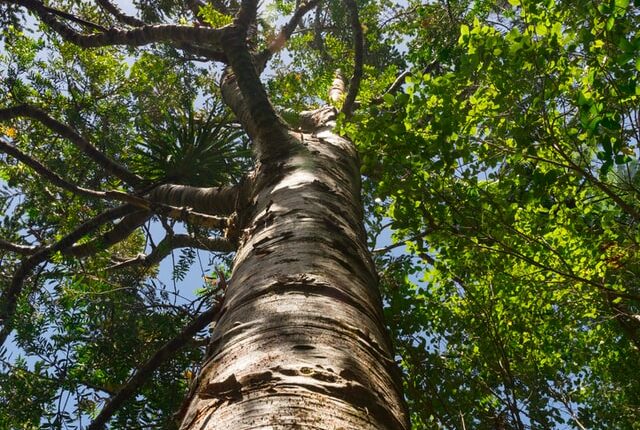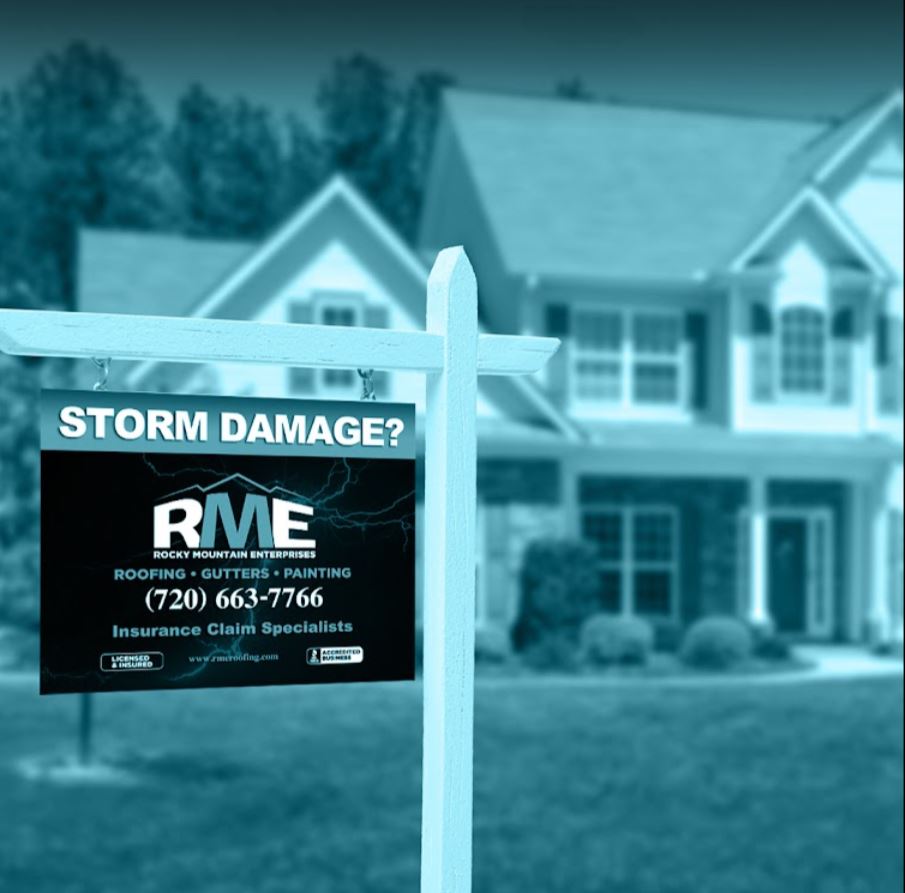Here in Colorado, many homeowners have trees on their properties, and that’s a good thing. Trees add beauty to any home and can largely enhance your landscaping. However, trees can also damage your roof in a few different ways.
This article will cover the main types of tree damage to residential roofing systems in Colorado. With a few preventative measures, you can keep the trees on your property in check and avoid most types of tree-related roofing damage.
Overhanging Branches
If you have any trees growing close to your property with branches hanging over your roof, know that the overhanging branches may cause roofing damage. This is especially true if the branches are close enough to touch your roof.
Especially in high winds, (which we experience often here in Colorado), overhanging branches can scratch the surface of your roof. If you own an asphalt roofing system, these scratches may cause more damage than you’d expect. The branches may scratch granules off of asphalt shingles, thus damaging the shingles’ outer protective coating. When asphalt shingles are missing protective granules, they’re more likely to break down over time. This may put your entire roofing system at risk for severe damage.
Fallen Branches
In Colorado, we experience multiple types of storms throughout the year. Snowstorms during the winter can lead to snow piled on tree branches. This excess weight makes it more likely for tree branches to snap and fall onto your roof. However, snowstorms aren’t the only weather condition that can cause broken branches. Hailstorms, thunderstorms, and even a very windy day can also place enough pressure on tree branches to cause them to snap.
Dents and Punctures
If the branches hanging over your roof snap and fall, major roof damage can occur. Depending on the size of the branch and from how far a distance it falls, it may dent or puncture your roof. Roof punctures from fallen tree branches can be particularly damaging and may even lead to a roof leak.
Missing Shingles
Branches that fall onto your roof in Colorado also have the potential to rip entire shingles off of your roof. Missing shingles put the deeper layers of your roofing system at risk for damage and deterioration. Thankfully, asphalt shingles are usually simple and affordable to replace with the help of your Colorado roofing team.
Tree Debris
Debris from trees, like leaves and pine needles, generally seem innocuous. However, when this debris builds up on your roofing system, it can lead to a host of problems.
Leaves, pine needles, and other types of outdoor debris trap in moisture. When this debris is sitting on your roof, it can hold moisture against the surface of your roof. When your roofing materials are vulnerable to moisture for extended periods of time, they may start to deteriorate or rot more quickly. Excess moisture on your roof also provides an opportunity for mold to grow. Moldy roofing materials will need to be replaced.
Debris from trees on your property can also build up in your gutters. Clogged gutters are never a good thing for your roofing system, as it can lead to leakage and water damage during storms. If your gutters are clogged and start to leak water while it’s raining, water may pool over your home’s foundation and put it at risk.
Animal Damage
Trees on your property give critters like squirrels and even raccoons a chance to access your roof. Squirrels, in particular, are very agile and can jump onto your roof from a high branch.
Animals, especially if they choose to nest in your roof, can cause significant damage. You may notice missing shingles, chew marks in the decking, and holes in your roof’s soffit and fascia.
How To Prevent Roof Damage From Trees
While roof damage from trees on your Colorado property can be frustrating, it’s also mostly preventable. Here’s what you can do to lower your risk of tree-related roof damage:
- Keep tree branches pruned. Any branches that hang over your roof should be trimmed back.
- Frequently clean your roof to avoid the buildup of leaves, pine needles, and other debris. Have your gutters cleaned regularly, too.
- Have any dead or ill trees on your property removed by a professional.
To learn more about protecting your Colorado roof, contact RME today.


